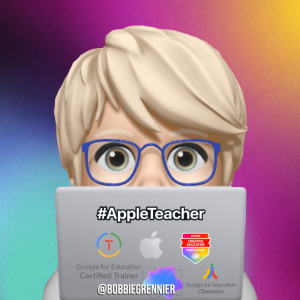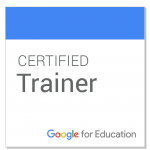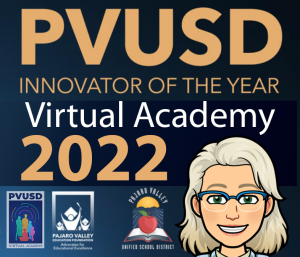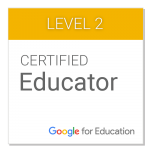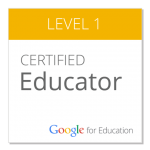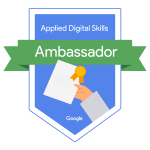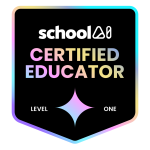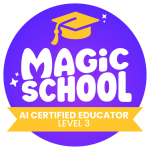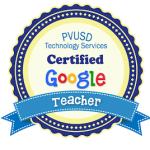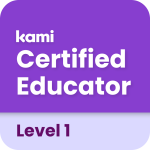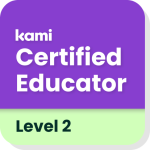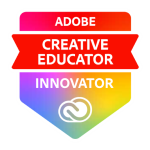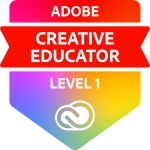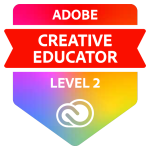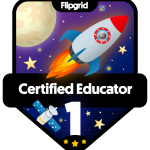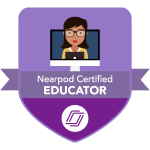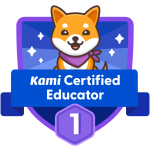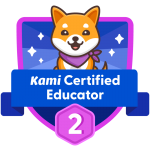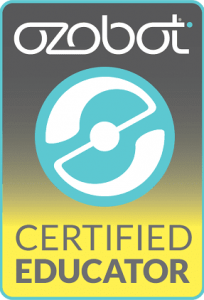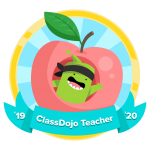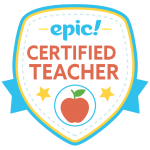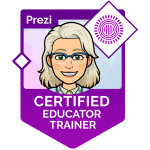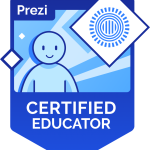Technology provides a way for educators to show students a wider range of opportunities and variations on the educational themes, content, and technology used.
Artificial Intelligence
Artificial intelligence in education typically focuses on identifying what a student does or doesn’t know, and then subsequently developing personalized curricula for each student.
Chatbots
Chatbots involve the use of spaced interval learning using algorithms in combination with repetition to optimize student memorization. They also provide immediate feedback grading student’s work with 92% accuracy and in a faster time than teachers are capable of. Self-paced learning is a component of chatbots that tracks a student’s performance and guides them based on their individual needs.
Video Learning
Video learning increases student satisfaction by 91%, and student achievements by 82%, which could be why we educators are using video more and more. Not only does video help provide material for student assignments, but it has also become a way for teachers to give feedback on assignments. Probably the most recent advancement of video learning is Flipped Instruction where teachers blended learning exercises using technology.

Source: Best Education Degrees
Classrooms 2.0
In a survey of 1,400 educators, the majority of them say they believe that classrooms of the future will be centered around self-paced and personalized learning.
This student-centric approach would allow children to choose their own pace and learning objectives based on individual interests—all of which could be guided by artificial intelligence, chatbots, and video-based learning.
Sources:
https://corp.kaltura.com/wp-content/uploads/2019/07/The_State_of_Video_in_Education_2019-1.pdf
https://www.disability.illinois.edu/sites/default/files/Spaced%20Interval%20Learning%20Technique.pdf
http://www.oecd.org/education/Envisioning-the-future-of-education-and-jobs.pdf
https://files.eric.ed.gov/fulltext/EJ1151444.pdf
https://www.pewresearch.org/fact-tank/2015/04/20/the-numbers-behind-the-broadband-homework-gap/
https://www.usnews.com/high-schools/blogs/high-school-notes/articles/2017-10-02/how-to-help-high-schoolers-without-home-internet-access
https://blog.interactiveschools.com/blog/chatbots-can-they-work-for-your-school
http://www.iacis.org/iis/2018/4_iis_2018_44-52.pdf?fbclid=IwAR2XfBGFzj0ZyOzf7HEpyhLSKqiw3EsCHnhmROCsBFsJ_fKevMl35-tBXgk
https://blog.digistorm.com.au/how-messenger-bots-are-being-used-in-education
https://qz.com/688048/a-professor-built-an-ai-bot-to-make-teaching-easier-will-it-replace-him-someday/remind.com
https://elearningindustry.com/chatbots-in-education-applications-chatbot-technologiessnatchbot.me/education
https://venturebeat.com/2018/05/28/chinese-schools-are-testing-ai-that-grades-papers-almost-as-well-as-teachers/
https://blog.interactiveschools.com/blog/chatbots-can-they-work-for-your-school
https://www.edutopia.org/blog/tips-providing-students-meaningful-feedback-marianne-stenger
https://www.visualcapitalist.com/how-technology-is-shaping-the-future-of-education/

